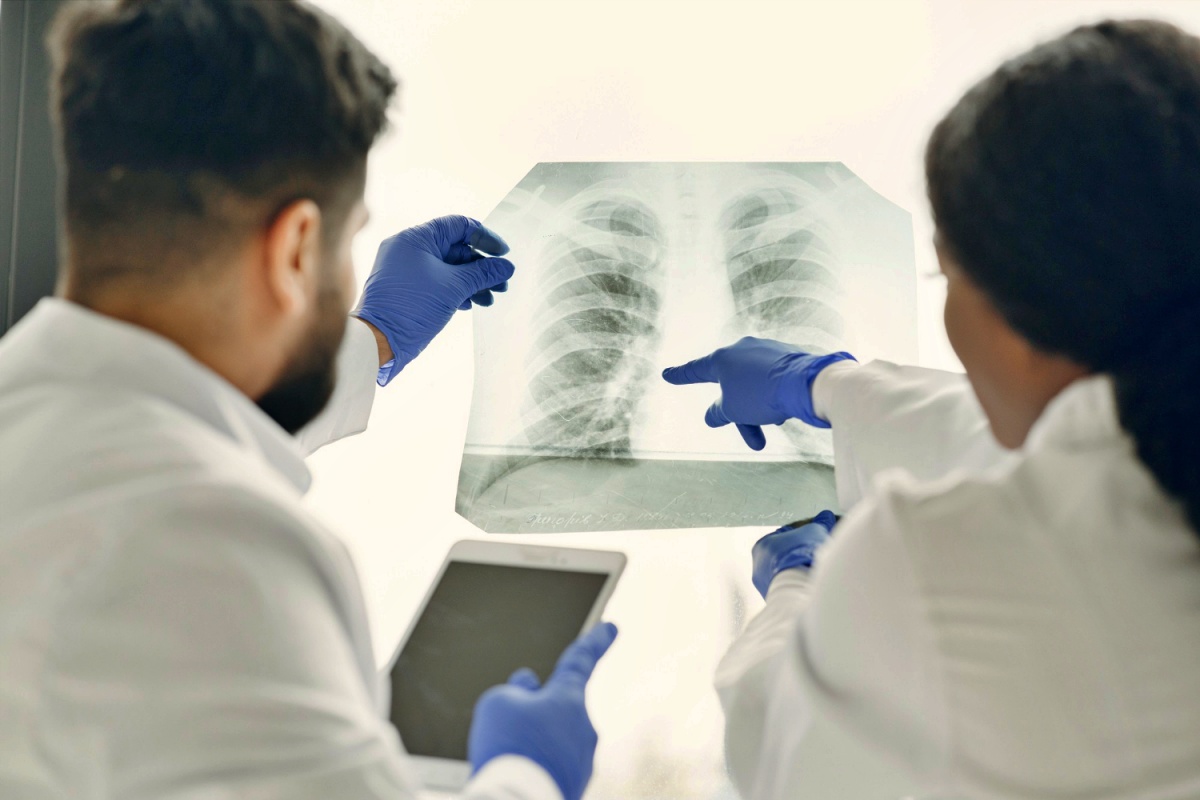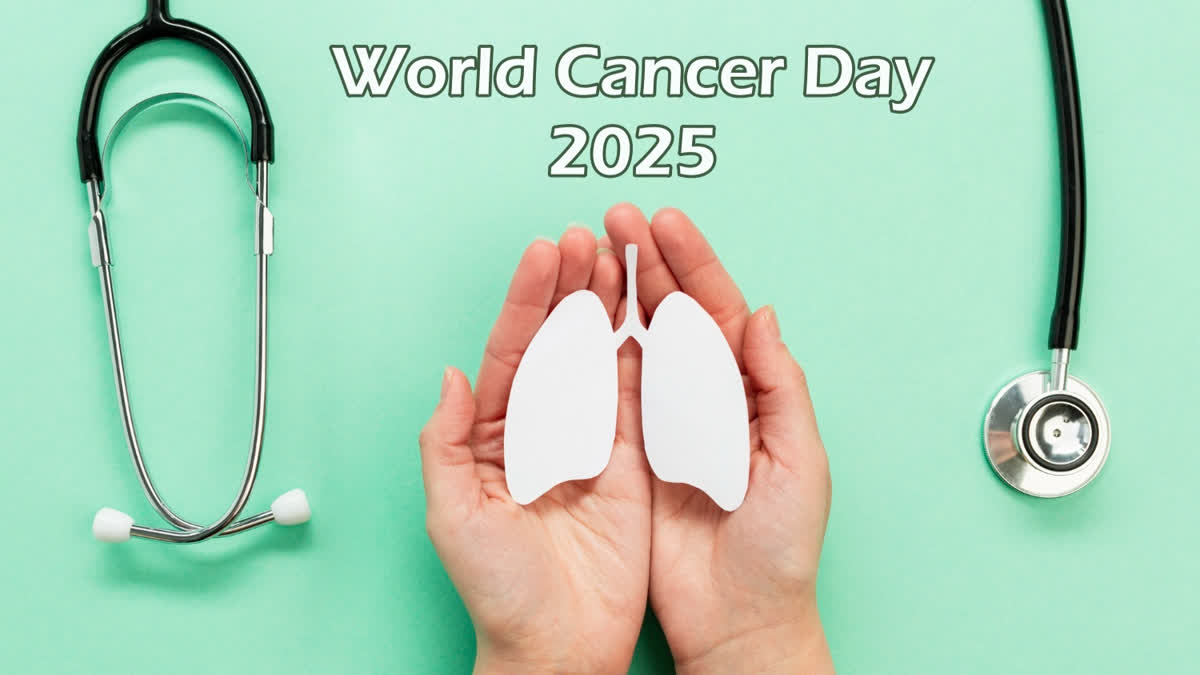Lung cancer has long been associated with smoking, but a new study reveals a surprising trend: more people who have never smoked are being diagnosed with lung cancer. Researchers believe that air pollution could be a major factor.
A new study published in The Lancet Respiratory Medicine on World Cancer Day highlights how changes in smoking habits and increasing exposure to polluted air are altering lung cancer risks worldwide.
Adenocarcinoma Is The Most Common Lung Cancer In Non-Smokers
Researchers from the International Agency for Research on Cancer (IARC) and the World Health Organization (WHO) analyzed data from the Global Cancer Observatory 2022. They examined four major types of lung cancer:
- Adenocarcinoma
- Squamous cell carcinoma
- Small-cell carcinoma
- Large-cell carcinoma
Their findings show that adenocarcinoma (a cancer that develops in mucous-producing glands) is now the most common type of lung cancer in both men and women.
Among people who never smoked, 53-70% of lung cancer cases in 2022 were due to adenocarcinoma. Unlike other lung cancer types, adenocarcinoma has a weaker connection to cigarette smoking, suggesting other environmental factors (like air pollution) play a significant role.
What’s Driving This Surge?
Experts point to two key reasons why non-smokers are developing lung cancer at higher rates:
1) Fewer people are smoking worldwide, leading to a shift in lung cancer patterns.
2) Air pollution is increasing, exposing more people to harmful particles that may trigger lung cancer.

“Changes in smoking patterns and exposure to air pollution are among the main determinants of the changing risk profile of lung cancer incidence by subtype that we see today,” says Freddie Bray, head of the cancer surveillance branch at IARC.
Exercise can play a vital role in improving life for patients. There is something to be said about the importance of strengthening your muscles and the health of your lungs. High muscle strength and cardiorespiratory fitness were significantly associated with a lower risk of all-cause mortality, a new study published in the British Medical Journal has found.
Says Dr. Reshma Puranik, Consultant Medical Oncologist at Ruby Hall Clinic in Pune, “Body maintenance creates differences in a patient's treatment of cancer. Cancer patients with resilient muscles also have functional lungs which decrease their mortality risk by 11%.”
How Deadly Is Lung Cancer in Non-Smokers?
Lung cancer remains the leading cause of cancer-related deaths worldwide. However, lung cancer in non-smokers is now the fifth leading cause of cancer-related deaths globally, according to a GLOBOCAN estimate.
The WHO study found that this type of lung cancer is most common in women and Asian populations and is nearly always adenocarcinoma. “In 2022, we estimated that there were 908,630 new lung cancer cases among women worldwide, of which 541,971 (59.7%) were adenocarcinoma,” Bray wrote. Among women diagnosed with adenocarcinoma, 80,378 cases were linked to air pollution (PM pollution) in 2022 globally.
Role of Air Pollution in Cancer Risk
Air pollution is a silent but deadly threat. The WHO states that as of 2019, nearly everyone on Earth lives in areas that fail to meet their air quality standards. This means billions of people are breathing in harmful pollutants daily, increasing their risk of lung cancer, even if they’ve never smoked.
What Can You Do To Protect Yourself?
- Avoid high-pollution areas whenever possible.
- Use air purifiers at home, especially if you live in a city.
- Wear masks in heavily polluted environments.
- Support clean energy policies that reduce emissions and improve air quality. Protecting our lungs means taking action, not just as individuals but as a global community.
References:
https://www.thelancet.com/journals/lanres/article/PIIS2213-2600(24)00428-4/abstract
https://acsjournals.onlinelibrary.wiley.com/doi/10.3322/caac.21660
https://tlcr.amegroups.org/article/view/6988/7297
Read more:



